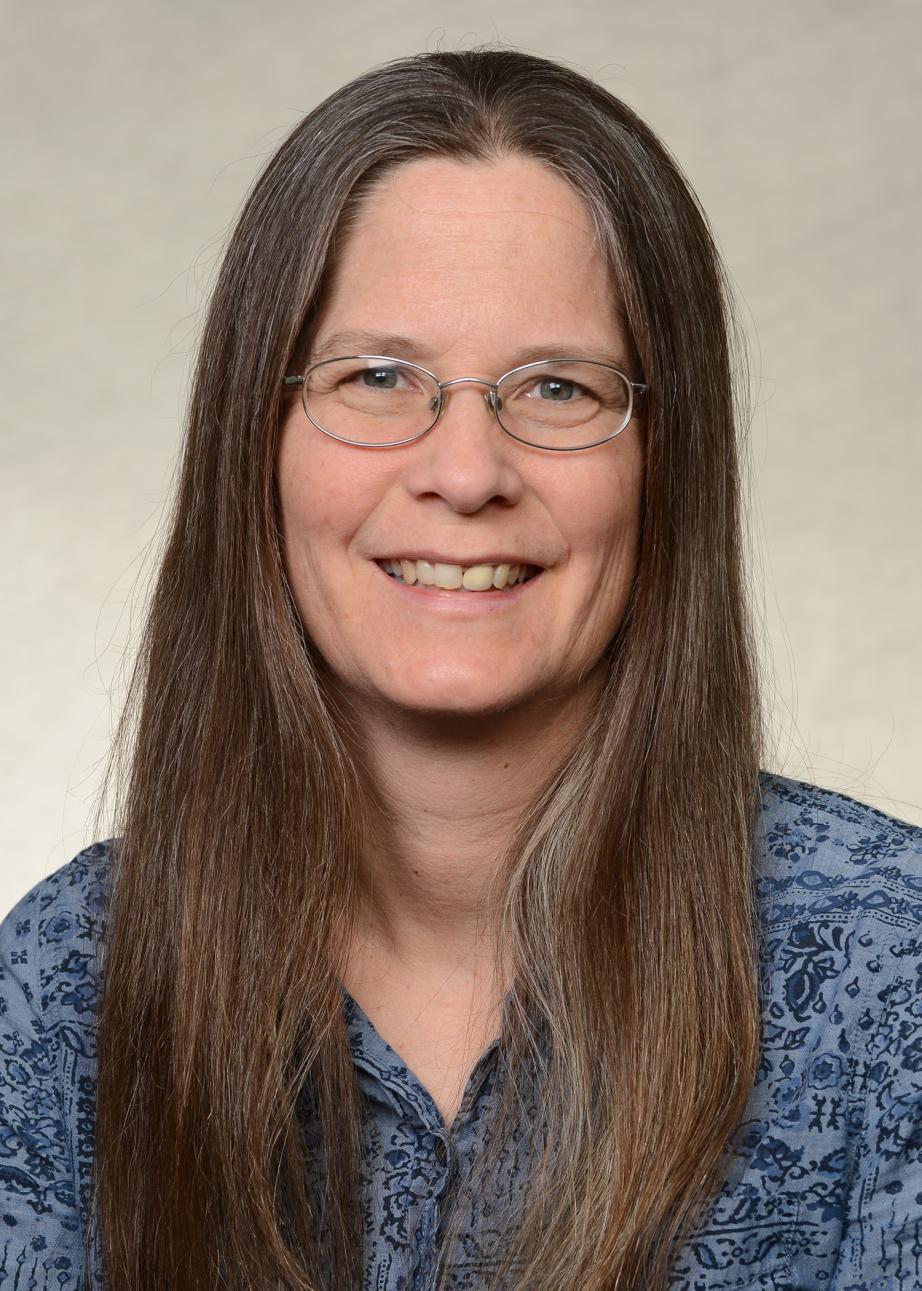Dr. Gabriela Smalley received her Ph.D. in marine and estuarine environmental sciences from the University of Maryland in 2002. She currently holds the rank of Associate Professor of Geological and Marine sciences. Before joining the department in 2004, she held a postdoctoral position at the Georgia Institute of Technology’s Chemical Ecology Laboratory in Savannah. Gabi has a broad background in oceanography, particularly in biological oceanography, and teaches the oceanography courses for marine sciences majors at Rider University. Her research interests focus on plankton ecology. Gabi is specifically interested in microbial trophic interactions, algal bloom dynamics, and chemical signaling between planktonic predator and prey. She has participated in numerous research cruises in the Chesapeake Bay, the South Atlantic Bight, and in waters off Norway. Her lab currently is working on a project looking at nutrient limitation in various phytoplankton species and the different ways these organisms deal with the limitation.
Primary Teaching Responsibilities
- Oceanography
- Plankton Ecology
- Marine Ecology
- Chemical Oceanography
- Physical Oceanography
- Field Marine Sciences
Selected Publication Titles and Sources
- Influence of inorganic nutrients, irradiance, and time of day on feeding behavior of the mixotrophic dinoflagellate Ceratium furca in the field. Aquatic Microbial Ecology.
- Comparing predatory fish populations between two islands: densely populated Roatan, Honduras, and sparsely populated San Salvador, Bahamas. Proceedings of the 2010 Benthic Ecology Meeting.
- Chemical cues induce consumer-specific defenses in a bloom-forming marine phytoplankton. Proceedings of the National Academy of Sciences.
- Two strains of the microtrophic dinoflagellate Procentrum minimum differ in their ability to utilize organic phosphorus for growth. American Society of Limnology and Oceanography Abstracts.
- The use of a single-cell alkaline phosphatase assay (ELF 97) to determine phosphorus limitation in mixotrophic dinoflagellates. American Society of Limnology and Oceanography Abstracts.
- Feeding in the mixotrophic dinoflagellate Ceratium furca is influenced by intracellular nutrient concentrations. Marine Ecology.
- Ecology of the red-tide dinoflagellate Ceratium furca: distribution, mixotrophy, and grazing impact on ciliate populations of Chesapeake Bay. Journal of Eukaryotic Microbiology.

